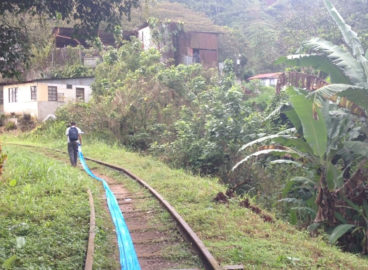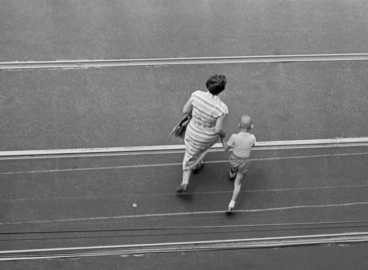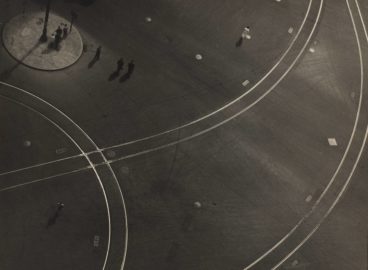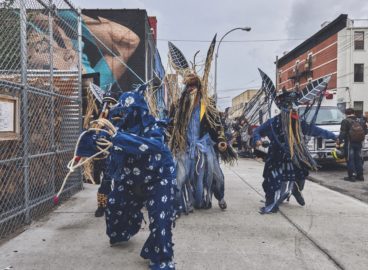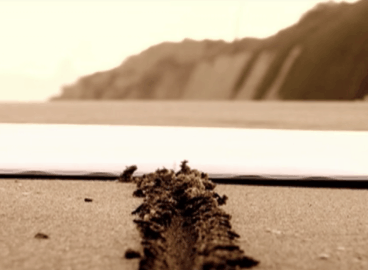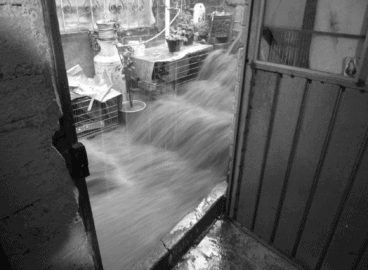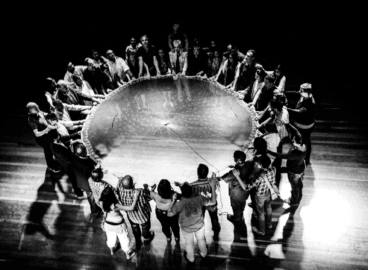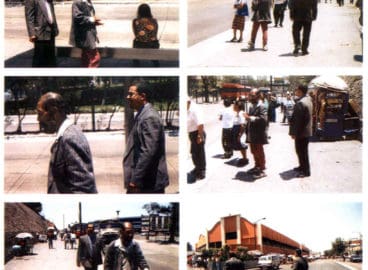Banana Craze: María José Argenzio and Oscar Figueroa Chaves on the Impact of the Banana Market in Ecuador and Costa Rica
Starting with an examination of the impact of the global banana market on Latin America, this text analyzes the work of María José Argenzio and Óscar Figueroa Chaves, two artists who expose how multinational corporations operating in Latin America have benefited from monoculture and extraction practices in the region.
